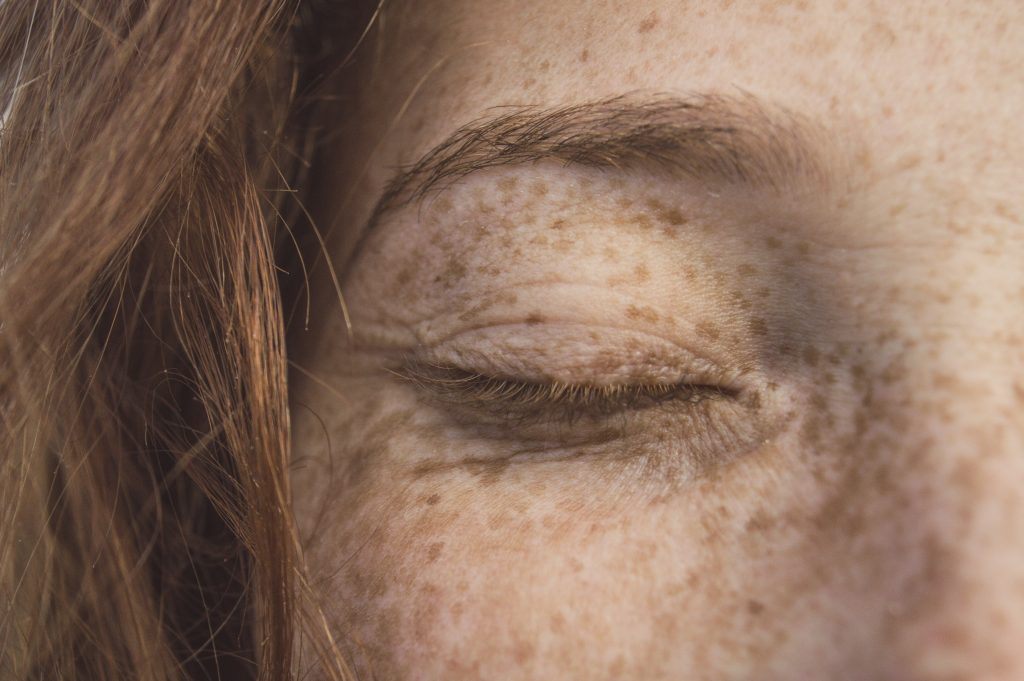This week we have a guest journal piece from our friends at MoleMap, who are offering a $50 discount on full-body scans until the end of June so book now to avoid missing out and important checks. Discount code at the bottom of this article.
Now that we have cooler days on the cards, what better time to check in with your skin health. See MoleMap’s top tips below.
During the hot summer months when the sun is blazing, most of us are very conscious about protecting our skin. Then as the temperatures cool, it’s only natural that skin safety becomes less of a priority. But it’s important to remember that skin cancer doesn’t hibernate for winter. And while it’s true that initial skin damage is more likely to occur during summer, skin cancers can continue to develop at any time of the year. To help you keep skin safety top of mind, we’ve put together a post-summer action plan. It’s a checklist of things to schedule – and important things to know – as we head into winter.
Action #1: Stay vigilant with your sunscreen régime
It’s a really simple rule of thumb: if you’re heading outdoors, wear sunscreen. You need to protect yourself from the sun every day – regardless of the weather or time of year. UVA and UVB rays can affect your skin differently, but both can cause serious harm. While UVB rays (the main cause of sunburn) are strongest in summer, they can burn and damage your skin year-round. Also, note there’s no such thing as ‘wind burn’; if your skin becomes reddened, that’s from the sun. UVA rays remain constant throughout the year and can penetrate through clouds and fog. UVA rays can also penetrate glass, so it’s possible to damage your skin sitting indoors next to a window, or through a car window. And of course, if you enjoy winter sports, you’ll need full protection against reflective surfaces such as snow or ice.
Action #2: Schedule regular skin self-checks in your calendar.
We encourage you to do this right now. (It’ll take less than two minutes – but it could save your life). Drop a simple reminder in your calendar – “do a skin check today”. Schedule it one week from now, then every 2 – 3 months thereafter. When it pops up in your diary, simply follow these instructions on how to self-check your skin. Please note, these self-checks are in addition to your full comprehensive skin check at a professional skin cancer clinic, which are recommended annually. If you haven’t had one of these yet, you can book now at your local MoleMap clinic.
Action #3: Understand the early signs of melanoma.
We tend to expose more skin in the summer months, so we’re more likely to notice the early signs of skin cancer – or have friends or family members point it out to us. During winter, when we’re more covered up, it can become a case of ‘out of sight, out of mind’. It’s especially important to make an effort to do our own self-checks and regularly monitor our skin (see Action 2 above!). And what should you be watching out for? A useful tool is to follow the ‘ABCDE’ guidelines. Usually, the most obvious warning signs of early-stage melanoma are changes to your moles or spots: in size, shape, colour or in how they look or how they feel. Melanoma can also appear as a new mole (more commonly in people aged 50+) rather than in a pre-existing mole. If you notice a mole or spot with any of these features, get it checked as soon as possible.
Action #4: Know how quickly skin cancer can develop.
Skin cancer can develop at any time of year, and it certainly doesn’t hibernate during the winter months. There are three main types of skin cancer – and they can grow or progress at different speeds. Melanoma is considered the most dangerous form of skin cancer, because it can spread (metastasise) throughout the body very quickly. Once it penetrates below the surface of the skin, it can become life-threatening very quickly — sometimes in just a few months. Hence early detection is so critical. When found early, melanoma is relatively easy to treat through excision (removal) of the mole and any surrounding skin. Our Full Body MoleMap service includes precision mole monitoring to detect even the smallest changes in your skin over time.
Action #5: Know your skin cancer risk
Did you know there are 7 skin cancer risk factors that can affect your risk of getting melanoma and other skin cancers? These include: your skin and hair colour, your family and personal history, your history of sun exposure, your age, the number of moles you have, whether you have any unusual moles, and whether you have an outdoors lifestyle. Of course, having one or more risk factors doesn’t necessarily mean you’ll develop skin cancer. But it’s important to be aware of them, so that you can take protective measures if you’re higher risk. You can also take our quick questionnaire to assess your level of skin cancer risk – low, moderate or high. We’ll send you the results, with recommended next steps.
Discount code for $50 off full-body scan – ALBERTS




